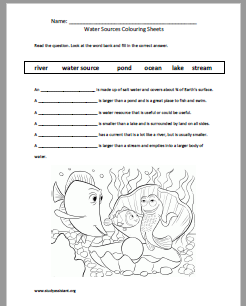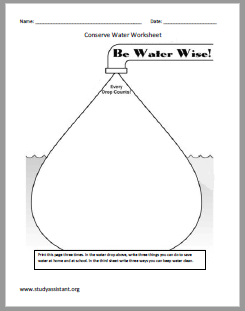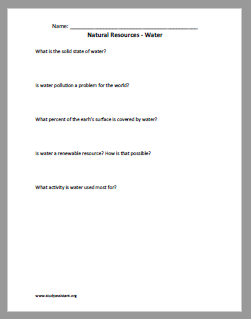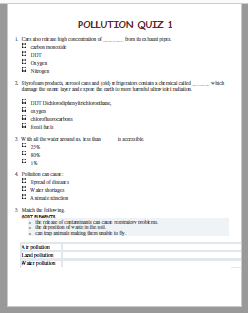Summary
Introduction
You have seen unsightly litter near rivers, parks, forests, and roadsides. This is always caused by people. This litter affects animals and our quality of life. Whether intentional or not, litter is unacceptable.
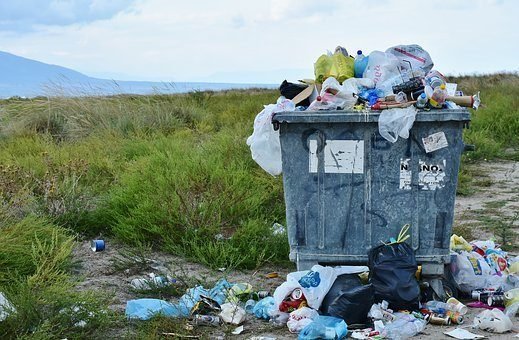
There are some places that have more litter than others. More litter is found on roads where there are high traffic and at beaches where people gather.
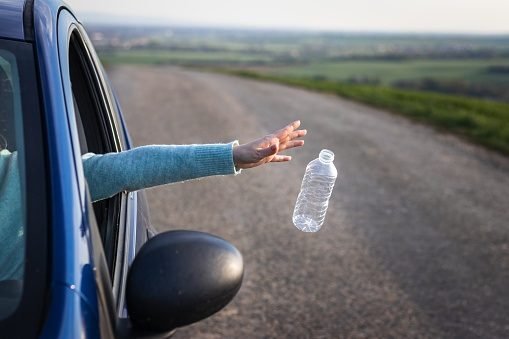
We should be concern about illegal dumping as well. This happens by people who do not know how to dispose of hazardous waste, or where the facilities that collect hazardous waste are located. Sometimes, there may be no nearby facility that collect hazardous waste. Needless to say, we all should be made aware of our bad habits concerning littering.
Even though we see it, we tend to ignore the litter. However, you should know that some litter could stay on the environment for millions of years. Our litter travel through our water systems. It ends up in streams, rivers, local bays and estuaries. It flows into the oceans and sometimes washes back on land.
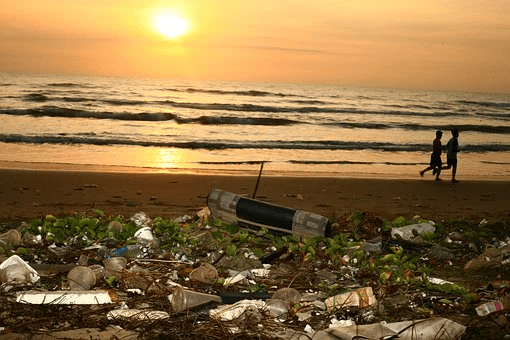
Litter is a serious concern for all as this could cause health problems above other things. For this reason, our negligence and disobedience to the laws concerning litter need to change. Litter collected can be reused or recycled.


Waste is all unwanted material. What you call waste can be recycle: paper, glass, plastic and metal. These can be recycled into many things. The video below shows the many things that waste can be recycled into.
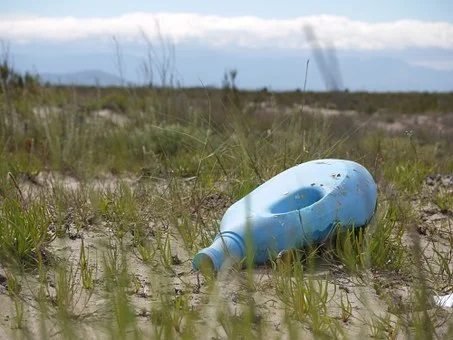
Dispose of you litter wisely. Throw your waste in the public waste container or bins when you are at school, malls, beaches, or any public place. Sort your garbage so it can be reused or recycled. You can also volunteer to help clean up litter from the environment. Above all, follow the laws concerning the disposal of hazardous waste.
Pollution
Pollution is the introduction of harmful materials into the environment. We call the harmful material pollutants. Pollutants damage land, air, and water.
Consider how long it takes a material to decompose.
Paper: 2-4 weeks
Orange peel: 6 months
Milk carton: 5 years
Plastic bag: 15 years
Tin can: 100 years
Plastic bottle: 450 years
Glass bottle: 500 years
Styrofoam: Never
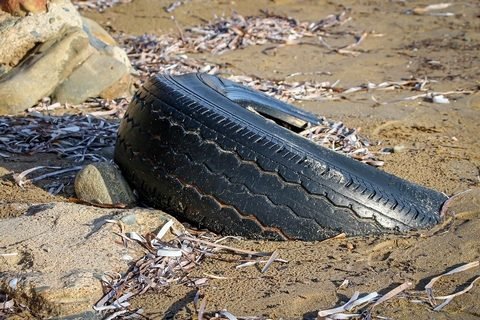
Types of Pollution
There are three types of pollution: land, air, and water. Human activities cause most of these pollution; though pollution can happen naturally by nature.
Land Pollution
Land pollution is the deposition of solid and liquid waste in the soil and underground that contaminates it. Land pollutants occur through mining, pesticides, and dumping of trash.

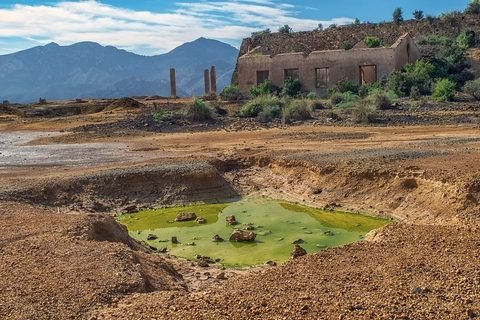
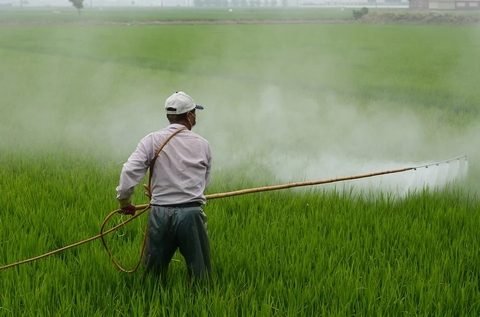
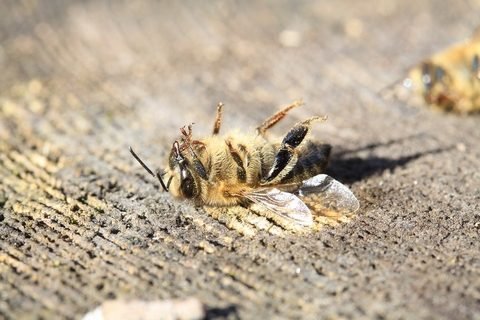
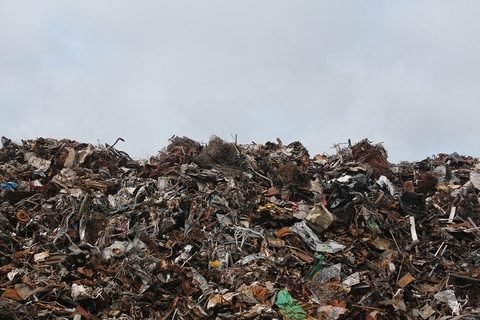
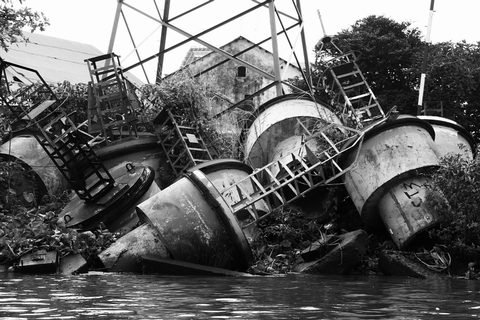
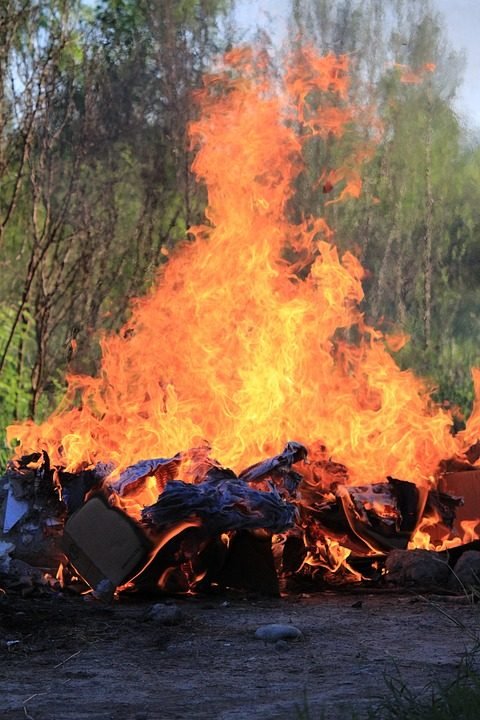
Review Question:
- What is land pollution?
- Name three ways land can be polluted?
- How does mining damage the earth?
- How does trash damage the earth?
- Name an effect from pesticides?
Air Pollution
Air pollution is the release of contaminants into the air that is detrimental to human and animal health. Human activities cause most of the air pollution. Natural disasters can pollute the air too.
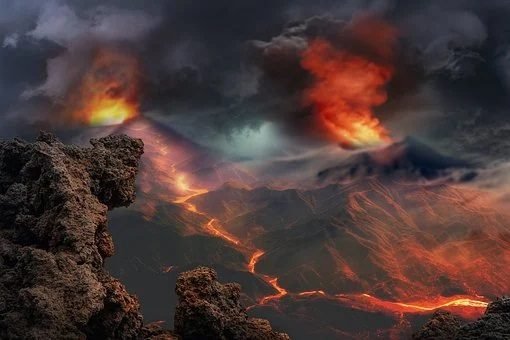

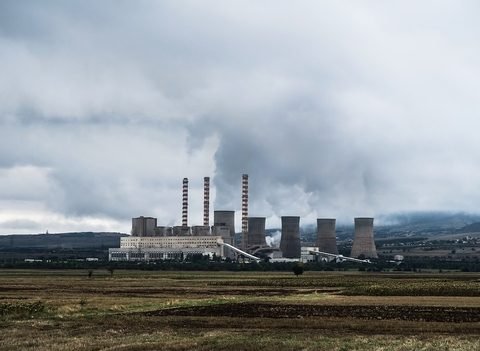
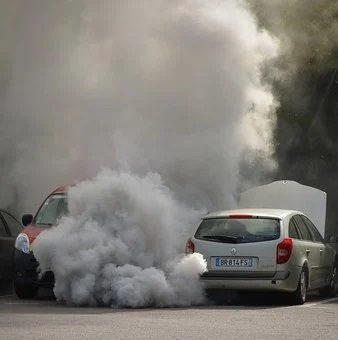
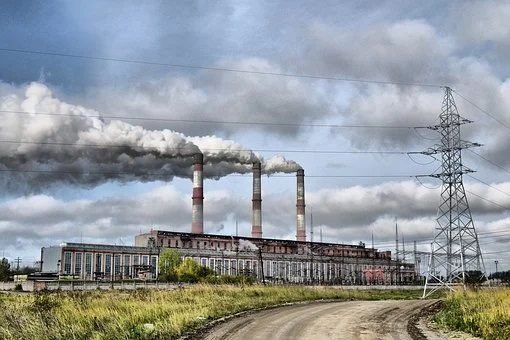
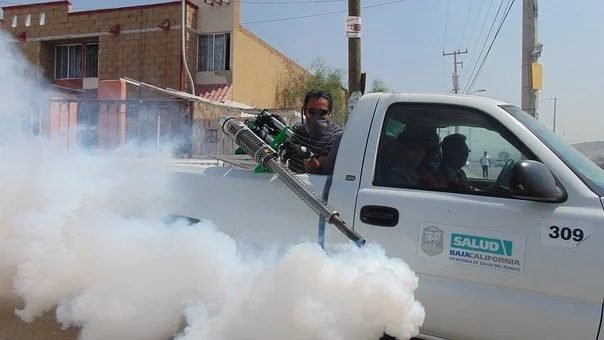
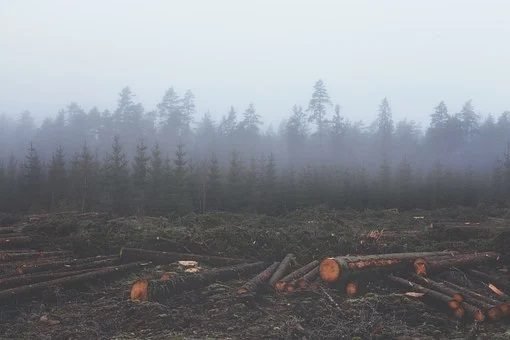
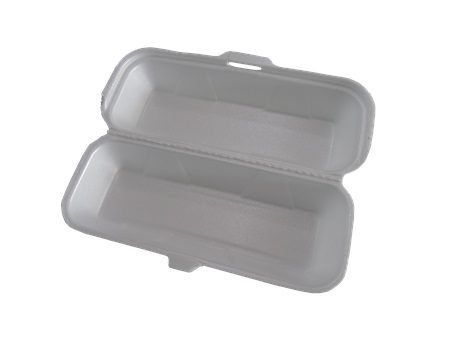
Discussion:
- What is air pollution?
- Why should you be concerned about air pollution?
- What are the main causes of air pollution?
- What is smog?
- What can we do to improve the air we breathe?
Water Pollution
Water pollution is the contamination of water bodies (rivers, streams, oceans, underground water, and aquifers).
Causes of Water Pollution
- Marine dumping
- Industrial waste
- Sewage (mainly from households)
- Nuclear waste
- Oil pollution
- Underground storage
- Leaks
- Mining (surface mining, toxics, acids, sediment)
- Fertilizers
- Bacteria from livestock
- Food processing
- Salt from soil irrigation (agriculture)
These are explained below.
We cannot live without water. With all the water around us, less than 1 percent is accessible. Yet 80% of the world’s wastewater is dumped back into the environment, polluting rivers, lakes and oceans. This places our health in jeopardy.
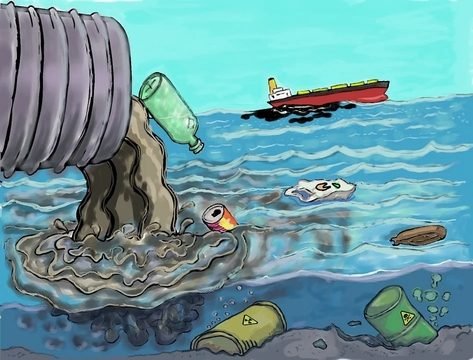
Polluted water could look muddy, smell bad, and are littered with garbage; or it could look clean but filled with harmful chemicals. This water is unsafe to drink or swim in. Plus, the fish in it is unsafe to eat. Polluted waters can cause harm to both humans, animals and living organisms that depend on the water to live.
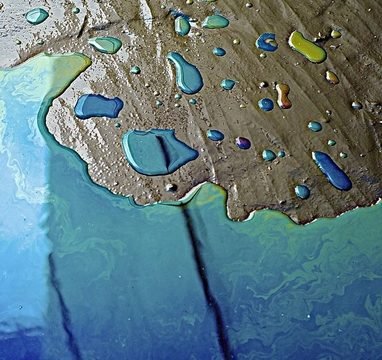
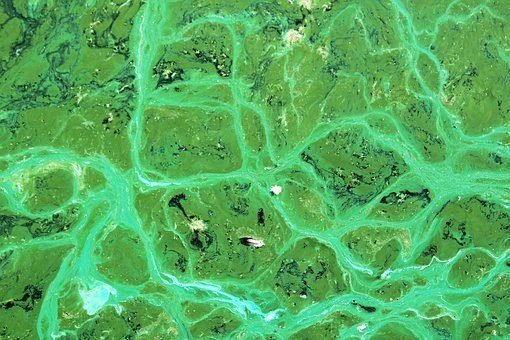
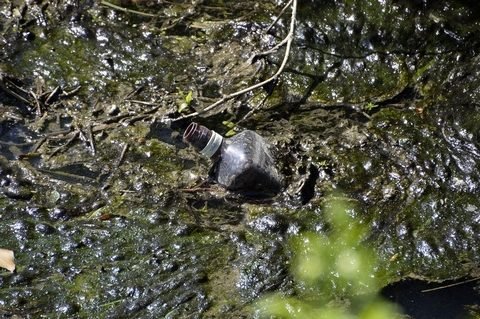
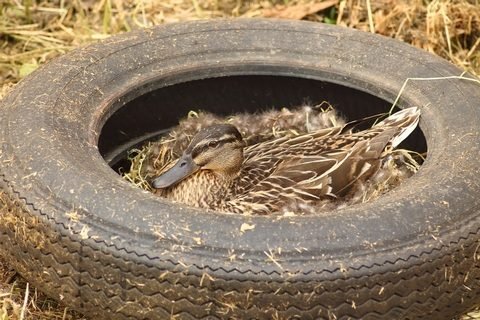
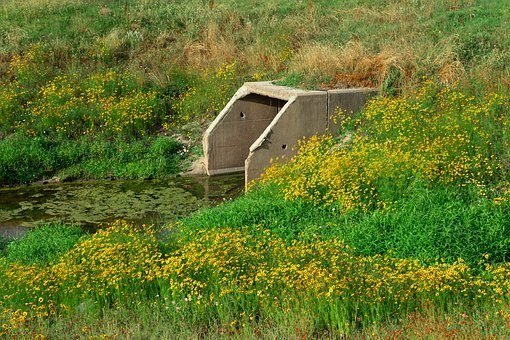
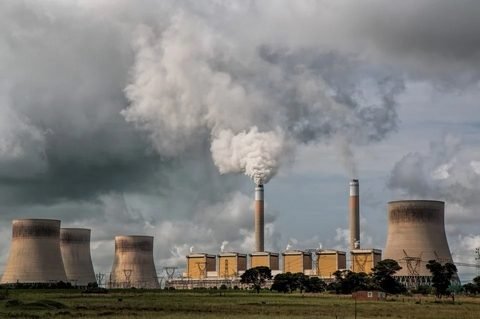
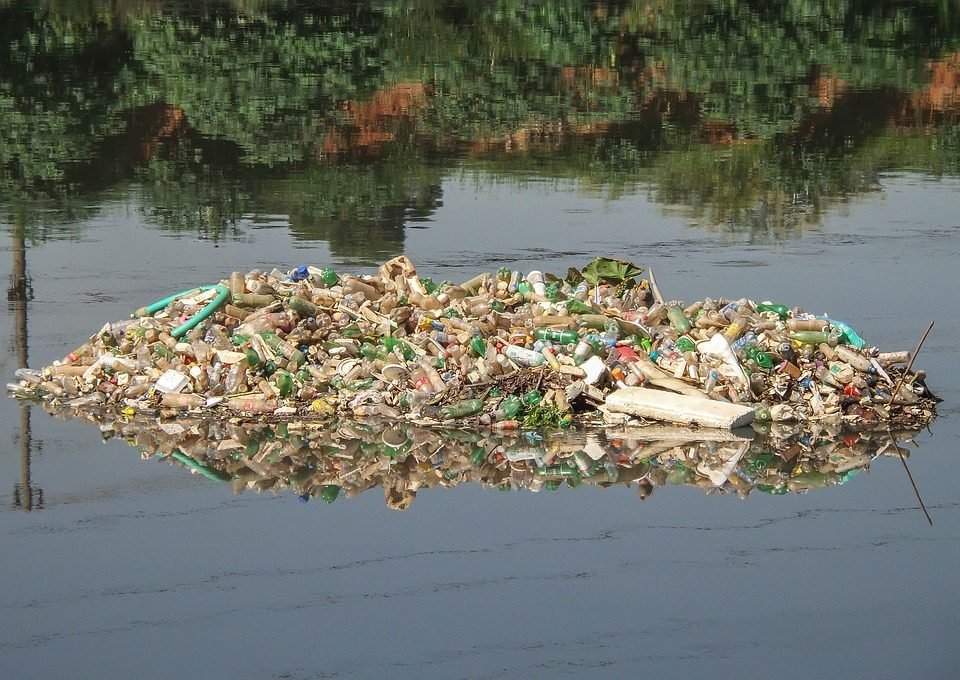
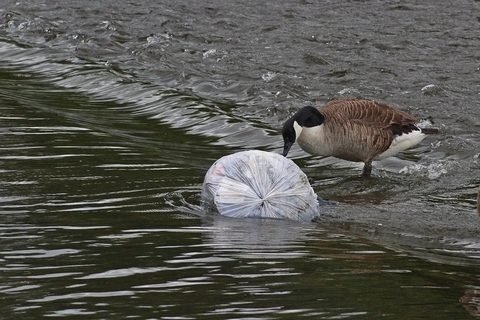
These show that there are two types of water pollution: surface water pollution and groundwater pollution.
Pollution can causes:
- Toxic water,
- Thermal heating, and
- Diseases by contaminating water or when people swim in polluted water or come in contact with chemically polluted water.
Water Pollution video
Discussion questions:
- What is water pollution?
- Why should we be very concern when we see oil spills?
- What is “algal bloom”?
- How can we determine if the water in a particular river is polluted?
- Why do some polluted waters smell like rotten eggs?
Reducing Pollution
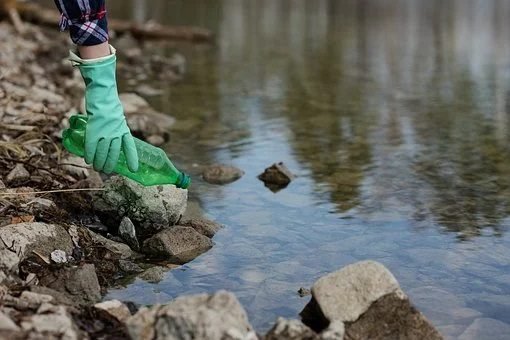
Pollution is everyone’s problem. For this reason we must do our part to reduce pollution and become involve in recycling trash. Trash is recycled so it is useful again. You can recycle glass, aluminum cans, plastic, paper.
Governments can also help in this. They can pass laws that limit the amount and type of chemical factories and agribusiness use. Governments can encourage power plants to use filters when burning their coal. They can stop people and businesses from illegally dumping pollutants in the land, in the water, and in the air. They can also force polluters to pick up their trash.
Some governments come together to form agreements to limit pollution.
The Kyoto Protocol is a United Nation agreement to limit the emission of greenhouse gases. It was signed by 191 countries.
The Cartagena Protocol is another agreement that covers the marine environment and all aspects of marine pollution (from ships, dumping, sea-bed activities, and land-based activities) of the Gulf of Mexico, the Caribbean Sea and the areas of the Atlantic ocean.
However, these agreements and others like it are encouraging a cleaner environment. There are still other countries with growing economies and with it a growing pollution. We see that all countries need good environmental, political, and economic leadership in order to reduce pollution worldwide.
Reference
“Pollution“. National Geographic society retrieved on 16 June, 2020 from
https://www.nationalgeographic.org/encyclopedia/pollution/
Saving the Earth’s Resources
Resources are the everything we use that cannot be replaced.
Example: The food we eat, the air we breathe, the water we use.
The main resources are air, water, and land. When our resources are polluted we can get sick. Thus it is important we conserve the earth’s resources.
Conserving Portable Water
Water may be everywhere, but not all of it is drinkable. Water covers 71% of the Earth’s surface (mostly in oceans and other large bodies of water). 97% of all the water on Earth is salt water found in seas and oceans. The rest is fresh water found in places like rivers, streams, glaciers, lakes, and even underground.
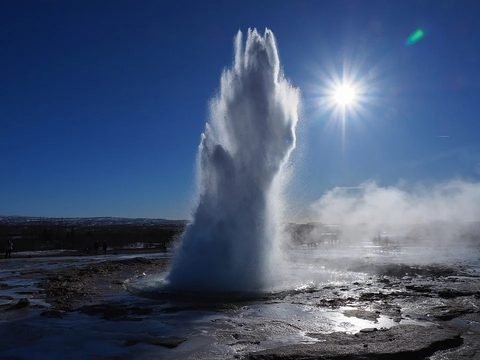
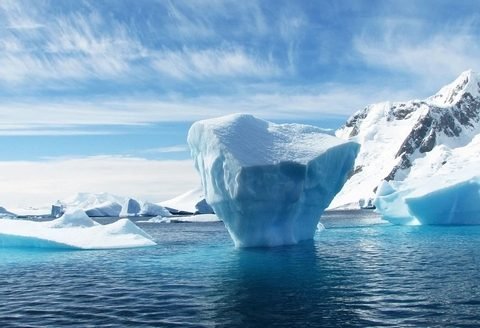

Fresh water is a renewable resource that is made possible through the water cycle.
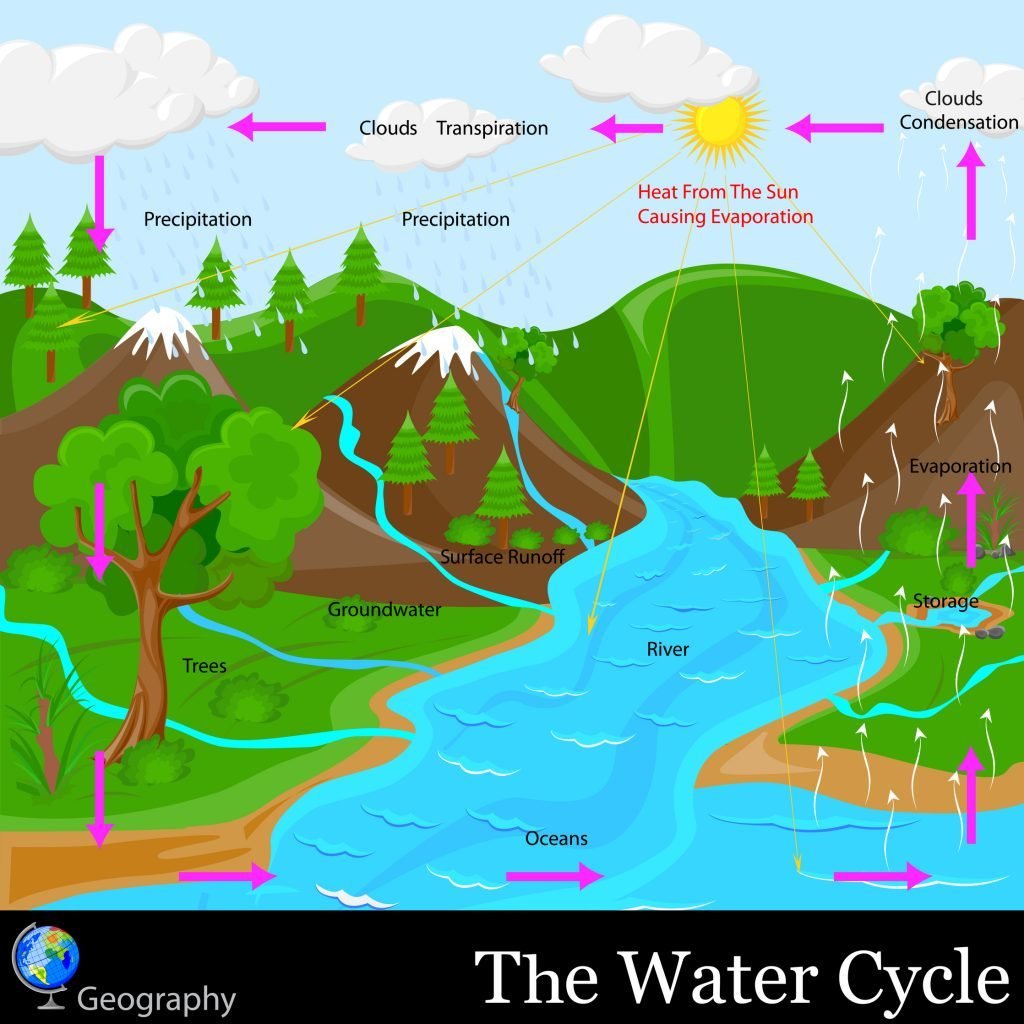
Some fresh water may contain bacteria and viruses that cause disease. It may be polluted by pesticides and fertilizer in runoff from crop irrigation or it may contain toxic chemicals from factories. Thus, the water we use should be protected from pollution and wastage.
Water conservation of potable water means reducing leaks, reducing the amount of water we use, and preventing pollution of our water and the water system we depend on.
Unfortunately, a lot of people in the world do not have access to safe drinkable water. They may have to walk far to to fill a bucket of water or they drink dirty water that makes them sick. If you have water at home, from your faucet, you are one of the fortunate ones.
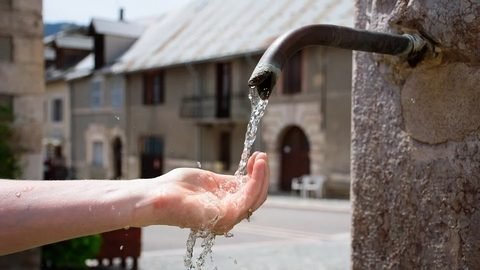
It is estimated that:
- 69% of worldwide water use is for irrigation.
- 15% of worldwide water use is industrial
- 15% of worldwide water use is for household purposes.
The demand for fresh water is increasing. The increasing population is putting pressure on the present water supply.
12 Ways to Conserve Water
So what are the best ways you can help conserve water in your homes? Here are 12 ways to conserve water.
- Upgrade to efficient fixtures.
- Don’t use the toilet like a wastebasket to flush used facial tissue or even cigarette butts. This is a waste of water.
- Install low or dual flush models. These toilets can help you cut indoor water use by 30%.
- Install composting toilets. These toilets require no water at all, and keep all the nutrients and pollutants out of waterways.
- Use clothes washers for full loads or adjust the water levels to match the size of the load.
- Consider getting a high efficiency washing machine. They use 35%-50% less water and 50% less energy per load.
- Turn off the shower while you are soaping and turn it back on to rinse. You can also install a simple shower time, water-saving shower heads, and a low-flow faucet aerators. They are easy to install and prevent long showers which can use 5-10 gallons of water. Installation of these can mean 2.5 gallons of water less will be used each time.
- Fit faucets with aerators. These are easy and cheap to install.
- Turn of the water after you wet your toothbrush. Fill a glass with water for mouth rinsing.
- Check faucets and pipes for leaks. A small drip from a worn faucet washer can waste 20 gallons of water per day; larger leaks hundreds of gallons.
- When washing dishes by hand, don’t leave the water running for rinsing. If you have a double-basin fill one with soap water and the other with rinse water. If you have one sink, soap first then rinse.
- Recycle water where you can.
Activity: Create your own saving water campaign slogan. Make a poster for your slogan to promote saving water at school.
Notes and Discussion Question – Portable-Water-1
Notes and Discussion Question – Water Conservation
Worksheets
Click on the link below to download the PDF worksheets.




